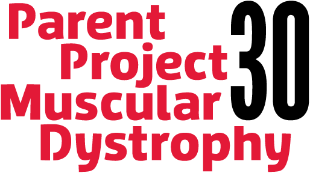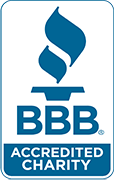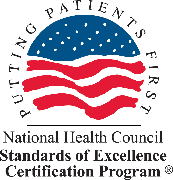Rhabdomyolysis
People with Duchenne are at risk of developing rhabdomyolysis, which can be a life-threatening condition.
Rhabdomyolysis occurs when massive amounts of muscle fibers breakdown and release myoglobin (a muscle protein) into the bloodstream. This release of myoglobin can cause serious complications such as kidney failure. If the kidneys fail, they can not get rid of harmful waste in the body such as potassium, which can lead to dangerous heart rhythms.
Rhabdomyolysis can happen with too much physical activity and dehydration or with exposure to certain types of inhaled anesthetics (i.e. during surgery or a medical procedure).
Why are people with Duchenne at risk?
Increased Activity & Dehydration
In Duchenne, the fragile membrane around muscle fibers puts them at higher risk for breakdown. Children love to be active and sometimes they may “overdo it” with too much activity and not enough hydration, which can lead to excessive muscle breakdown within a short period of time. When large amounts of muscle breakdown happens at once, myoglobin is cleared from the blood into the urine in large amounts. In addition, when this is compounded by dehydration, it may lead to a potential medical emergency (see information for management below).
Inhaled Anesthetics
Certain types of anesthetics can be dangerous in Duchenne as they can increase the rate and amount of this muscle breakdown. People with Duchenne should never receive the anesthetic ‘succinylcholine’ (suxamethonium). This drug is sometimes used in emergencies to relieve breathing difficulties in anesthetized patients. However, when succinylcholine is given to patients with any kind of ongoing muscle atrophy, it can cause rhabdomyolysis. However, there have also been reports of rhabdomyolysis in Duchenne patients given inhaled anesthetic agents even when succinylcholine was avoided. Therefore, we recommend that when possible, inhaled anesthetic agents should be avoided and IV anesthesia used instead. Please note, nitrous oxide or “laughing gas” commonly used for dental procedures is not considered an inhaled anestheticsia and is typically safe in Duchenne. Learn more about surgery and anesthesia precautions in Duchenne.
What are the signs and symptoms of rehabdomyolysis?
The “classic triad” of rhabdomyolysis symptoms include:
- Muscle pain in the shoulders, thighs or lower back
- Increased muscle weakness or trouble moving arms and legs
- Dark red or brown urine or decreased urination
Other common signs:
- Abdominal pain
- Nausea or vomiting
- Fever and rapid heart rate
- Confusion, dehydration, or changes in consciousness
Treatment for rhabdomyolysis
If urine becomes dark, aggressive hydration with oral fluids should be started and your neuromuscular specialist called. Usually, with aggressive hydration, the urine will returns to it’s normal color by the 3rd pee. If the urine does not return to it’s normal color by the 3rd pee, and rhabdomyolysis is suspected, go to the emergency room. In the emergency room, rhabdomyolysis should be treated with IV fluids and kidney function (evaluated by drawing blood to check a “renal panel”) should be checked. Rhabdomyolysis should be treated as a medical emergency. As with any emergency, be sure to bring your PPMD emergency card or download the PPMD mobile app to show to the emergency room staff. It is also important to call your neuromuscular team to ensure they are aware of the emergency and can work with the emergency room staff to develop a care plan.
If you or your child is found to have rhabdomyolysis, you may be admitted to the hospital to receive treatment. IV fluids help maintain urine production as well as prevent kidney failure. Clinicians will also monitor and manage any electrolyte abnormalities to help protect the heart and other organs. Rhabdomyolysis can be reversible with prompt treatment.





